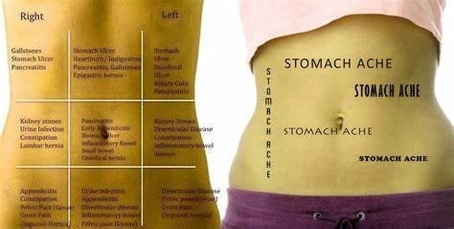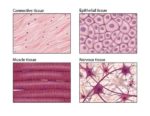abdominal anatomy. The abdomen, situated between the thorax and the pelvis, is a vital region housing a plethora of organs that play crucial roles in digestion, excretion, and reproduction. In this concise exploration, we’ll uncover the key features of the abdomen and pelvis.
## Abdomen: An Overview
The abdomen encompasses the area between the diaphragm (which separates it from the thorax) and the superior pelvic aperture (connecting it to the pelvis). It consists of two musculofascial walls: the anterolateral and posterior walls. These walls enclose the abdominal cavity, which houses various organs.
### Organs within the Abdominal Cavity
1. Stomach: The stomach, part of the digestive system, receives and partially digests food.
2. Spleen: An essential immune organ, the spleen filters blood and stores platelets.
3. Pancreas: This dual-function organ produces digestive enzymes and regulates blood sugar levels.
4. Liver: The largest gland in the body, the liver detoxifies, metabolizes nutrients, and produces bile.
5. Gallbladder: The gallbladder stores bile produced by the liver and releases it into the small intestine.
6. Small Intestine: Comprising the duodenum, jejunum, and ileum, the small intestine absorbs nutrients.
7. Large Intestine (Colon): The colon processes undigested food, absorbs water, and forms feces.
8. Kidneys and Ureters: These urinary system components filter blood, remove waste, and regulate fluid balance.
9. Adrenal Glands: Positioned atop each kidney, adrenal glands produce hormones like cortisol and adrenaline.
## Pelvis: The Lower Extension
The pelvis, continuous with the abdomen, forms the distal part of the trunk. It contains both internal and external reproductive organs, as well as structures related to excretion and circulation.
### Organs within the Pelvis
1. Internal Genitalia (Female):
– Uterus: The womb where fetal development occurs during pregnancy.
– Ovaries: Responsible for egg production and hormone secretion.
– Fallopian Tubes: Connect ovaries to the uterus for egg transport.
– Vagina: The birth canal and site of menstruation.
2. Internal Genitalia (Male):
– Prostate Gland: Produces seminal fluid.
– Seminal Vesicles: Store and secrete seminal fluid.
– Testes: Produce sperm and testosterone.
– Epididymis: Stores and matures sperm.
3. Urinary Bladder: Stores urine before excretion.
4. Urethra: The tube through which urine exits the body.
5. Rectum and Anus: Involved in feces elimination.
6. Blood Vessels: Arteries and veins supply and drain the pelvic organs.
7. Innervation: Nerves from the lumbosacral trunk, lumbar plexus, sacral plexus, and coccygeal plexus innervate the pelvis.
## In Summary
The abdomen and pelvis form an intricate network of organs, each contributing to our overall health and well-being. From digestion to reproduction, these regions are hubs of activity, ensuring our survival and vitality. So, next time you feel that gentle rumble in your belly, remember the remarkable complexity hidden within! ????
For more detailed study materials, explore the fascinating world of abdominal and pelvic anatomy..
o


